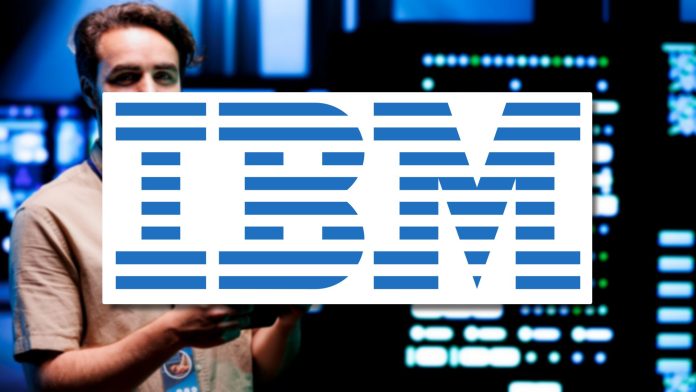IBM is unveiling its latest technological advancement for small businesses: the IBM z17 mainframe, engineered for enterprise-scale artificial intelligence (AI) applications. Set to be generally available from June 18, 2025, this new system promises to redefine how organizations harness data and streamline operations.
The IBM z17 is powered by the next-generation IBM Telum® II processor, significantly enhancing performance, especially in AI inferencing capabilities. This mainframe allows businesses to efficiently process up to 450 billion inference operations each day, representing a 50% increase over its predecessor, the z16. Such capacities can be a game-changer for small businesses operating in data-intensive fields like finance, healthcare, and retail.
The real-time processing capability of the z17 allows companies to analyze 100% of their transactions instantaneously. According to Ross Mauri, general manager of IBM Z and LinuxONE, “The industry is quickly learning that AI will only be as valuable as the infrastructure it runs on. With z17, we’re bringing AI to the core of the enterprise with the software, processing power, and storage to make AI operational quickly.”
This comprehensive approach to AI makes the z17 suitable for various applications, including:
- Risk mitigation in loan applications, which is crucial for financial institutions.
- Enhanced customer support through smarter chatbots, improving service delivery for retail businesses.
- Advanced medical image analysis, significantly aiding healthcare providers.
- Security enhancements to combat retail fraud, vital in the competitive retail landscape.
The addition of IBM’s Spyre™ Accelerator, expected in the fourth quarter of 2025, will further complement the z17. This PCIe card is designed to optimize multi-model AI methods and introduce generative AI capabilities, allowing businesses to deploy AI tools directly on their mainframes without moving sensitive data off the platform, thereby reducing security risks.
IBM z17’s enhancements extend beyond processing power. It also introduces advanced AI-driven user experiences through integrated assistants and agents, such as IBM watsonx Code Assistant for Z, which assists developers and IT operations. The integration with Z Operations Unite is particularly noteworthy, enabling AI to facilitate incident detection and resolution in real-time.
While the z17 offers numerous benefits, small business owners should weigh practical challenges. Implementing a full-scale mainframe might require significant investment in terms of time, training, and financial resources, particularly for businesses with limited IT infrastructure. The transition process could disrupt operations if not managed properly.
Moreover, as businesses move towards utilizing cloud-native operations, understanding hybrid cloud environments becomes critical. IBM z17 supports modern data access methods and NoSQL databases, which can be an adjustment for companies accustomed to traditional databases.
Security also remains a top concern for small business owners. Although z17 introduces robust security features, including AI-driven data protection and improved secrets management via IBM Vault, organizations must still invest in training staff on these advancements and remain vigilant against emerging threats.
IBM plans to extend AI-enhanced support for the z17, which could improve operational efficiency and risk management immensely. This tailored support involves AI processes that streamline incident resolution, potentially saving businesses time and money in the long run.
Despite these challenges, the IBM z17 presents promising opportunities for small businesses aiming to leverage AI for competitive advantage. The prospect of real-time data processing and robust security measures can empower companies to operate more efficiently and maximize their available resources.
For more details, visit the full press release at IBM newsroom.
Image Via Envato: DC_Studio



